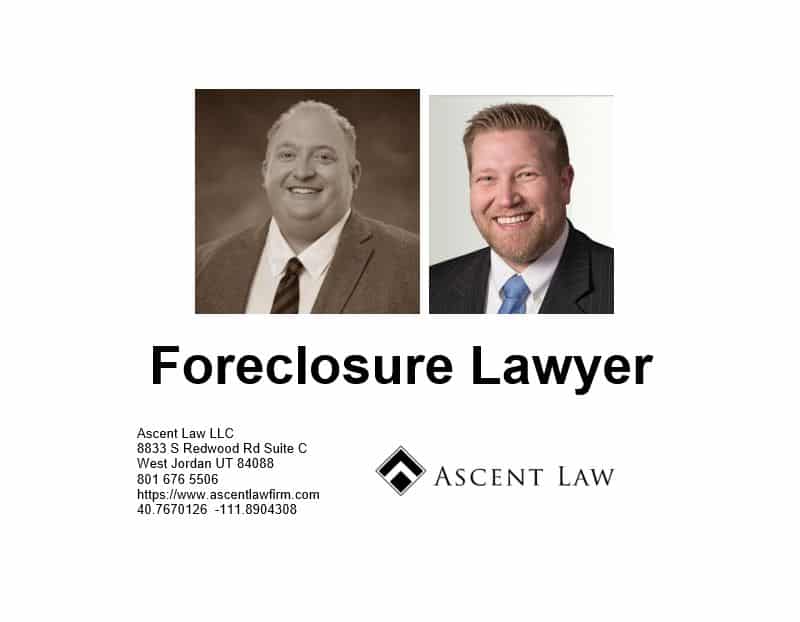I had the funniest thing happen about a week after a temporary order hearing. The client said to me, “so now that my divorce case is done…” and I said “wait a second!” -> you’re divorce case isn’t done after a temporary order hearing has happened. There is still a lot left to do in a divorce case if it doesn’t settle in mediation.
Sometimes in a divorce action a party will get some temporary spousal maintenance, also called temporary alimony. However, since Utah State reformed its alimony laws, courts have been asked to give greater scrutiny to how much alimony is awarded and for how long. Traditionally, temporary spousal support has run until the court issued a final divorce decree and made a decision about permanent alimony. Now, that won’t always be the case.
The court must apply one of two formulas for calculating temporary spousal maintenance, based on the income of each spouse (up to a maximum of $175,000 for a supporting spouse) and whether the supporting spouse must also pay child support. If the court wishes to deviate from the guideline amount, there are numerous factors the judge must consider. These include:
- Income and property of both spouses
- The length of the marriage
- The age and health of both spouses
- The present and potential future income of both spouses
- The ability of the receiving spouse to become self-supporting
- Whether children from the marriage live in the marital home
If the marriage is of relatively short duration and a dependent spouse is healthy, has a recent job history, and has no young children at home, the court will likely award a short period of maintenance. A judge might decide that six months is adequate for the dependent spouse to re-enter the workforce and become self-sufficient. If your divorce is complex, the process might not conclude before your spousal maintenance or temporary alimony runs out. In that case, you would have to make a compelling case to the court for an extension of support.
How to Start a Divorce Case in Utah
Are you wondering what you need to do to get your divorce case started in Utah?
Your first step is to file a petition for divorce in the district court where you have resided in for the last 3 months. If you have minor children, you need to file in the district court where the children have resided for the last 6 months. If you haven’t lived in a specific county for that long; then, you need to call us to talk about where we can filed your divorce case.
It is highly recommended that you work with an attorney to ensure you complete all the paperwork properly and guarantee service to your spouse. This will also put you in a position to achieve success in your divorce case.
Legal requirements for a divorce filing
In addition to filling out all the required paperwork, you must also meet certain legal requirements before you file for divorce in Utah.
First, you must meet the state’s residency requirements. You and your spouse must have lived in Utah without interruption for at least 3 months before you file. If you do not meet this minimum standard, you may experience delays in filing your divorce action.
You must also have legal grounds to get divorced in Utah. In the past, this meant proving fault on the part of your spouse, such as abandonment, cruel treatment, adultery or confinement in prison. As of recently, Utah allows for no-fault divorces that use the grounds of an “irreconcilable differences” in the relationship for no specific set of time.
Free Consultation with Divorce Lawyer in Utah
If you have a question about divorce law or if you need to start or defend against a divorce case in Utah call Ascent Law at (801) 676-5506. We will fight for you.
8833 S. Redwood Road, Suite C
West Jordan, Utah
84088 United States
Telephone: (801) 676-5506
Recent Posts
3 Laws Business Owners Need to Know
When You Need A Mediator and a Lawyer
Source: https://www.ascentlawfirm.com/divorce-takes-longer-than-temporary-orders/



No comments:
Post a Comment